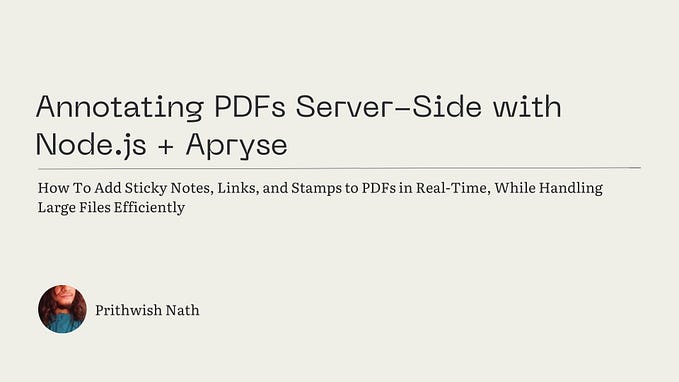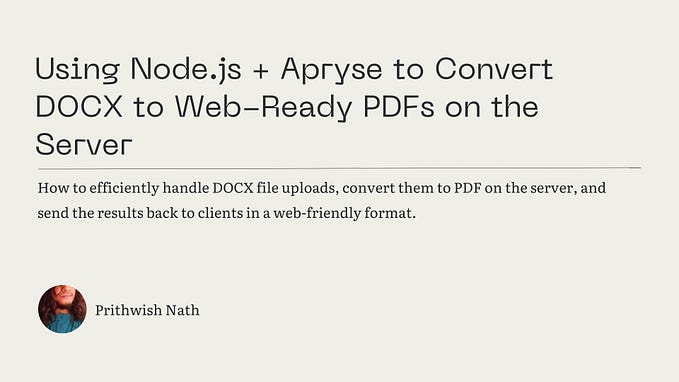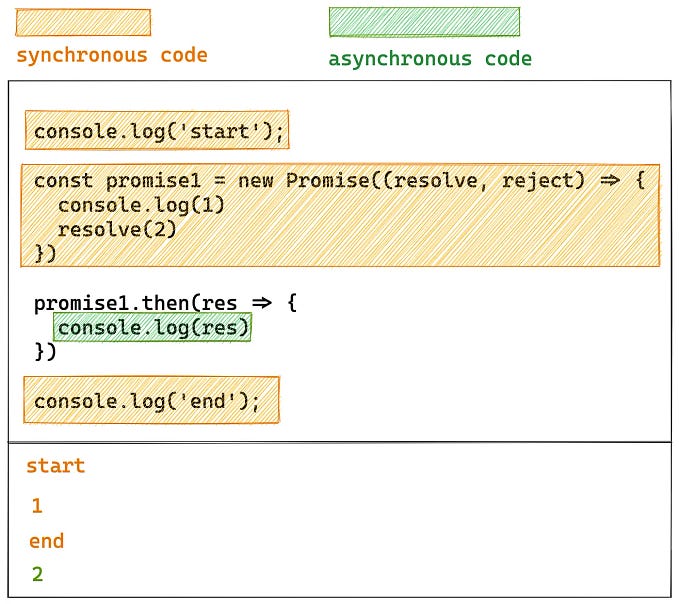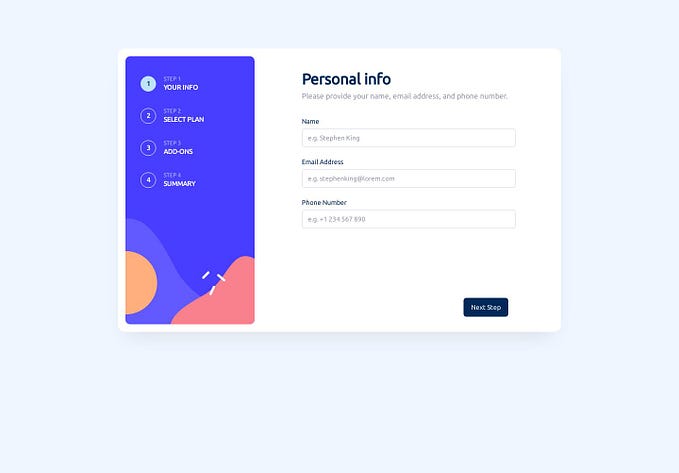React with Rails: An Excellent Combination to Form Modern Web Applications
React with Rails is an excellent combination to form a modern web application. React is a JavaScript (JS) library for creating user interfaces, and Rails is a web development framework that powers many of the websites and applications you use every day.
When React with Rails is used together, they provide a powerful platform for creating amazing things on the web.
In this blog, we will explore some of the benefits of using React with Rails and many crucial things related to it!
What is React?
React is a JavaScript library for forming user interfaces created by Facebook. It has an emphasis on being declarative, reusable, and compostable.
React is often used in combination with Redux, a predictable state container for JavaScript apps. React helps developers build large applications that can be incrementally updated from one end of an organization to another.
Though it’s mainly used for single-page web applications (SPAs), React can be adapted for other types of applications, such as native mobile applications or desktop apps built using frameworks like Electron.
Some popular websites that use React include Netflix, Instagram, Facebook, Airbnb, and Microsoft Office 365 app development platform Teams.
- 10549 corporations reportedly use React in their tech stacks.
- React tool with 183.1K GitHub stars & 37.4K GitHub forks. (StackShare)
React is one of the best technology to develop web applications.
What Is Ruby on Rails?
Ruby on Rails, also known as RoR, is a web application framework that has become immensely popular over time.
ROR was first released by David Heinemeier Hansson in 2004 and has since become an open-source framework for creating server-side web applications written in Ruby.
Ruby is an object-oriented programming language that runs on Open Source, making it easy to install on a variety of platforms. Ruby’s focus on programmer productivity and performance made it an excellent fit for a language for creating web applications.
Some of the popular websites, GitHub, Basecamp, Airbnb, etc are based on the Ruby On Rails framework. This popularity makes RoR a great choice for companies that have high traffic requirements or require low downtime and quick load times.
The increasing success of startups such as Slack can be attributed to their use of RoR, giving entrepreneurs every reason to consider using RoR for their next big idea as well.
- 3354 corporations reportedly use Rails in their tech stacks.
- Rails with 50.2K GitHub stars & 20.2K GitHub forks (StackShare)
In order to make adequate use of Ruby on Rails in web application development, you can hire Ruby on Rails developer India.
What To Overlook Before Choosing React with Rails?
There are a few factors you should go through before choosing React with Rails:
- The size of the project: If you’re building a small project, React with Rails will be a good choice. However, if you’re building a large project, you may want to consider using a different framework.
- The complexity of the project: React with Rails is a good choice for simple projects. However, if your project is intricate, you may want to use a different framework.
- The project’s timeline: If the project is time-sensitive, React with Rails may not be the best choice.
- Project budget: React with Rails is a good choice for projects that have a limited budget.
- Product security and scalability: React with Rails may not be the best choice for products that need to be secure and scalable.
- The project’s language requirements: If your project requires a specific language, React with Rails may not be the best choice.
7 Reasons to choose React with Rails
There are many reasons why React with Rails should be your choice when building your next project. Here are seven of them!
Fast development
The combination of Ruby on Rails and React can improve front-end performance and overall site load times, which reduces bounce rates. It’s also easier to manage changes because everything you need is in one place.
And when it comes time to add new features, such as search functionality or an eCommerce store, you can do so quickly & easily by adding a new API endpoint or script that runs on your server.
Each change synced perfectly across both back-end and front-end without additional effort on your part. To summarize, less friction means more speed and productivity in your development process.
Reduced Server Request Time
RoR with React will result in reduced server request time as javascript will run on the browser, and hence less rendering is required for the server. This means request time between client and server is reduced, and load is also reduced on servers.
This gives your application a better user experience without affecting app speed performance. Reduction in application load time results in the conversion rate increase for e-commerce websites, which makes it more engaging for users leading to increased revenue.
Performance
Performance is paramount when it comes to your site’s user experience. While many developers make performance one of their top priorities, you need a framework that makes it easy for you to keep your end-users happy.
This is why a JavaScript framework like React and a Ruby on Rails web application server are perfect complements.
Though React can be used on its own, its modularity allows it to work in harmony with other frameworks and platforms while also giving each component of your site total control over how they communicate — all without affecting any other parts of your page.
That kind of efficiency means users are happier, which ultimately gives you an edge over competitors that aren’t able to optimize their site as well as you have.
Reduced Server Request Time
The real key here is in keeping your client-side code separate from your server-side code. With a traditional MVC framework, you’re mixing together different types of code (e.g., Ruby and JavaScript) that run on two different devices (the server and client).
This means more things are more likely to break when someone changes one file without remembering to edit another. An added benefit is that if something breaks, you can fix it on just one side instead of both sides; you’ll be able to know exactly where problems occurred.
With Rails’ asset pipeline set up properly, browser requests for JS/CSS files should be minimalized, further speeding up page load times and reducing server loads for better scalability.
Modularity
So you like Ruby on Rails, right? One of its biggest godsends is that it’s modular. As a beginner, it can be frustrating — you want to build your entire project using one framework.
This doesn’t need to be so! In fact, using more than one framework (like React and Rails) can help make your application even more flexible. Because they are separate frameworks that don’t necessarily have rules about how they work together, you could use them in different ways.
For example, when adding new pages to your site, you might use a single-page app for some and a traditional page for others.
Maintainability
React with Ruby on Rails is simpler and provides more maintainability than other JavaScript frameworks. In other words, it saves time for developers because there’s less code to write, which means less time wasted writing unneeded components and fewer bugs popping up in your app.
Moreover, React with Ruby on Rails simplifies work by providing pre-made components that make building web apps faster and easier.
Pre-built elements like form fields, calendar views, modals, and others help eliminate much of coding work so you can get straight to doing what you do best — designing beautiful interfaces that engage users while also driving revenue.
Development Pace and Quality
Choosing a framework like Ruby on Rails means you can get your product up and running quickly — but that’s not necessarily what’s most important for an early-stage company.
Development speed is less important than development quality. Companies that are just starting out should focus more on stability and maintainability in their early software products.
With React, development can move much more quickly because it uses reusable components rather than templates (the typical approach of a Ruby on Rails application).
In addition, if one part of your application doesn’t need functionality from another section, there’s no need to replicate code by pulling in extra libraries, as would happen in a classic MVC framework.
Benefits of using React with Rails in Modern Web Application Development
Rails and React are both tools that allow you to build web applications quickly. However, you might be wondering how Rails and React work together to create modern web applications. If so, you’re in the right place!
Easy to maintain
With React and Rails working together, it’s easy to keep your frontend code up-to-date as you update your backend API. Data updates are pushed to your views immediately, so there is no longer a need for redrawing or manual calculations.
This saves time spent on maintenance. You also have access to view specific components, whether they be the form or content pieces, which allows you to update those pieces individually without rebuilding your entire site.
SPAs are Facing an Increasing Competition
React with Rails provide a well-defined structure, which might not seem like a big deal but helps keep things well organized and clearly separated. The good structure also makes it easier to maintain and update as time goes on.
If you’re building a web application today, don’t even consider making it without one of these two technologies for SPA (Single Page Applications). For example, there’s a big difference between what jQuery can do and what Angular can do.
They both serve their own purposes and choose wisely based on your needs. Despite being significantly more difficult to master, frontend frameworks allow us to build amazingly dynamic experiences.
Good frontend frameworks are carefully designed from the ground up by teams that understand how developers think.
Great user experience
With the combination of React and Ruby on Rails, we get an interface that is not only fast but also easy to use. New features can be integrated easily and quickly because both have tons of features out-of-the-box.
Both work seamlessly together to create a backend that performs better than ever before while reducing downtime. Thanks to their speed, they can operate on all platforms (desktop, mobile, tablet).
They are perfect for creating applications that run fast no matter what platform it is operating on. By combining these two frameworks, you get a lot more control over how your application will perform and look.
Reactive programming is used by major companies like Facebook, Walmart, Yahoo!.
Speed & Performance
It’s a myth that React doesn’t play nice with Rails; it just depends on what type of integration you want.
If you don’t need to modify any frontend code from your server (for example, if you simply want to use your existing APIs and rendering framework), then it’s possible to get extremely fast and seamless results by integrating React components into your views.
This is particularly effective for apps such as calendars or other time-dependent data, which can leverage existing JavaScript libraries like MomentJS and jQuery.
Less Code, Less Bugs
With React and Ruby on Rails, many frontend development patterns are built into both frameworks. As a result, you can write less code for similar or better functionality.
That means fewer bugs — and happier developers. Of course, like any technology, there’s always a chance that something will go wrong when implementing them together; but it won’t be because you’re missing a framework or library.
You are just required to do your homework to make sure they play well together.
Top Corporation using Ruby on Rails with React
Some of the top corporations using Ruby on Rails with React include:
Gusto
Gusto is a cloud-based payroll and HR company. They use React with Rails to create a user-friendly interface for their customers.
OpenDoor
When they were creating OpenDoor, the development team used ROR with Angular. However, as time went on and better results became available in terms of performance or user experience.
Later it was seen that React is more appropriate since its adoption rate continues growing rapidly every year while also being safer when developing single-page apps (SPAs).
Airbnb
This is an excellent React Rails example. Airbnb uses Ruby as a primary programming language, Rails for SSR configuration, and ReactJS for a smooth user interface.
Wrapping Up
As you can see, React with Rails is an excellent combination for creating modern web applications. They are both well-tested and reliable frameworks that have been used by some of the biggest names in the business.
When used together, they provide a fast, efficient, and user-friendly experience for your customers. So if you’re looking to create a top-notch web application, you should definitely consider using React with Rails.
Moreover, you can hire React and Ruby developers to make efficient use of both technologies in web app development.
More content at PlainEnglish.io. Sign up for our free weekly newsletter. Follow us on Twitter and LinkedIn. Join our community Discord.









